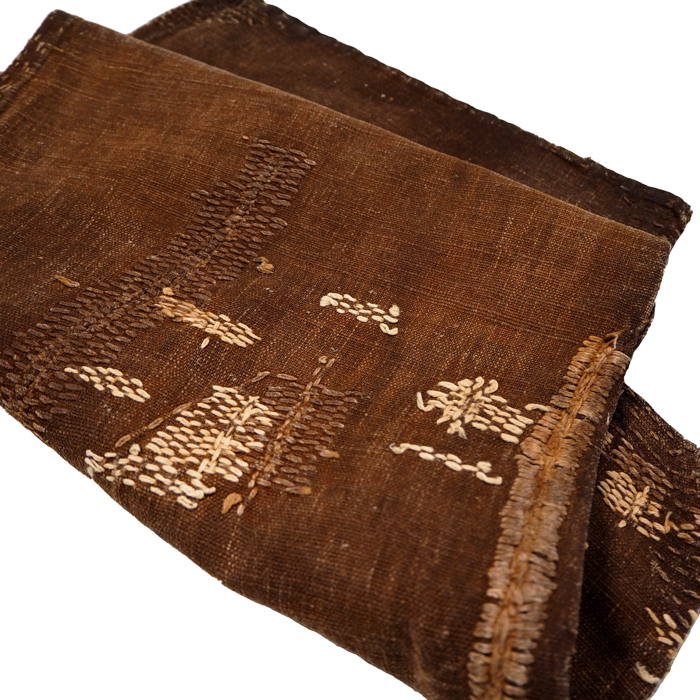
John Foster|Accidental Mysteries
October 16, 2015
In the bag
All of the sake bags pictured below can be found at Kimonoboy, an online dealer of antique and vintage Japanese folk textiles with a specialty in mid-1800s to early 1900s cotton boro futon covers, peasant and farmer clothing and other early textiles. The owners are Jim and Akiko Austin. More about these sake bags can be found here.
++++

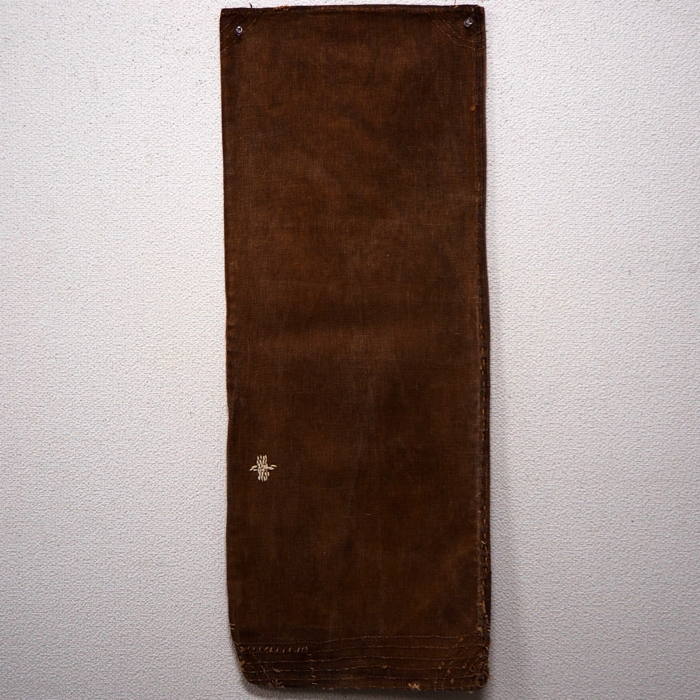
Hand-loomed and handmade, this bag (top, above, and below) has been extensively repaired over the years. This is a fabulous example of the effort in which the Japanese sake brewers took to extend the life of each precious sake bag. Labor to repair the bag was obviously less expensive than purchasing a new bag. These sakaburo bags have been repaired many times.

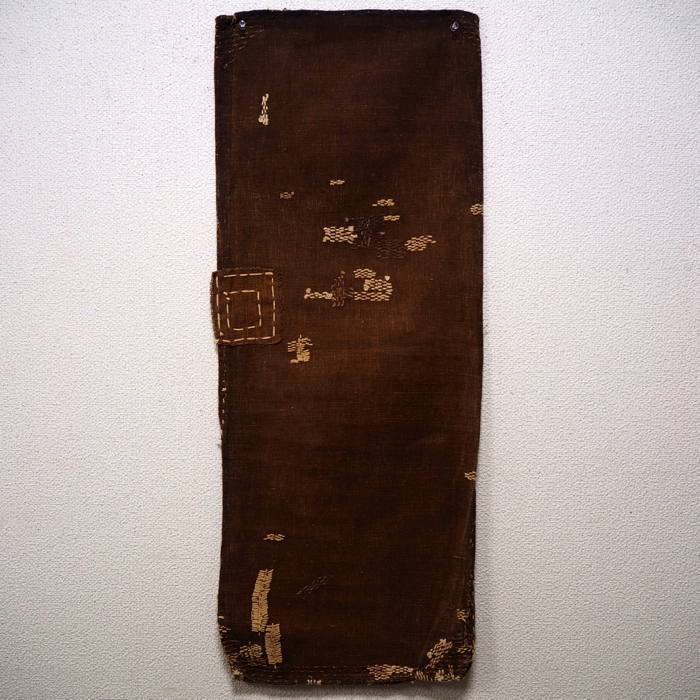
Above, and all images below: Cotton boro repaired Sakabukuro sake bags

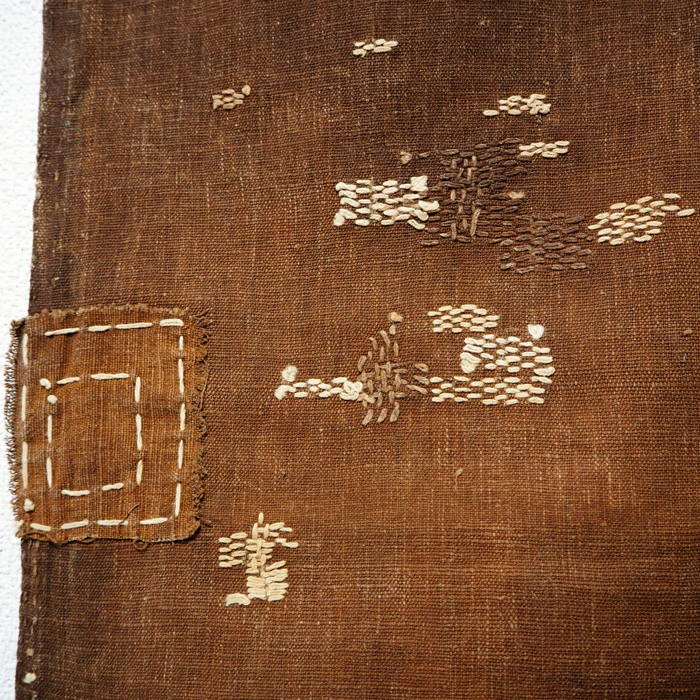
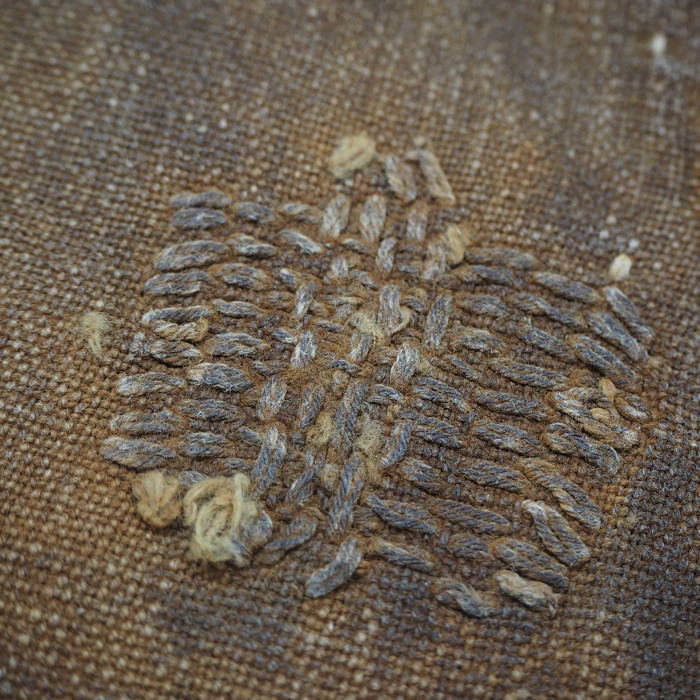


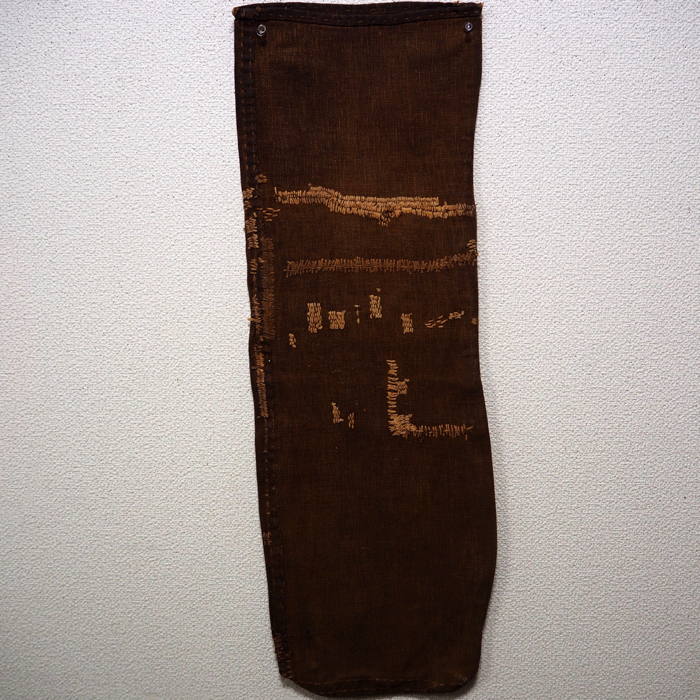
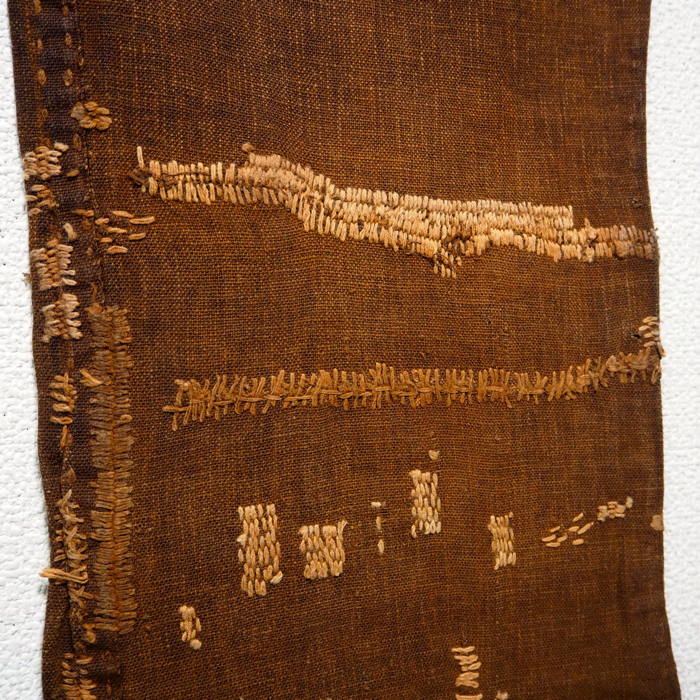
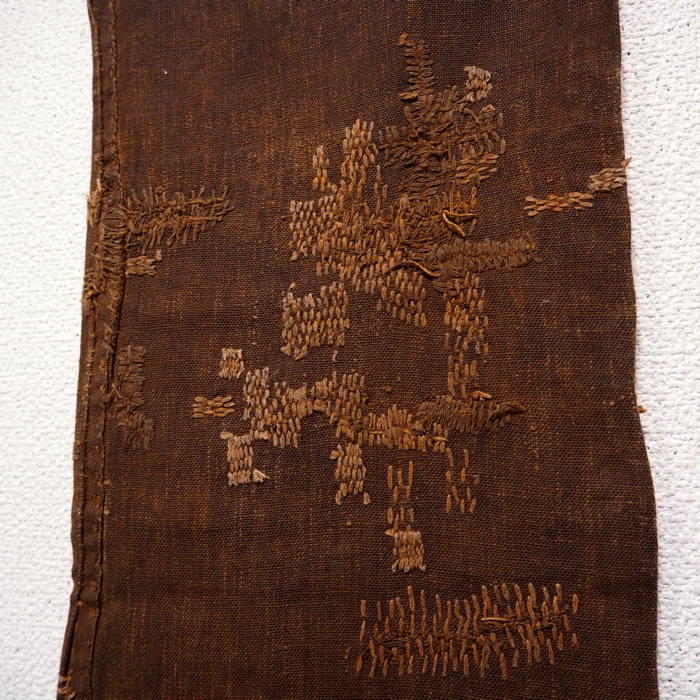
Observed
View all
Observed
By John Foster
Related Posts
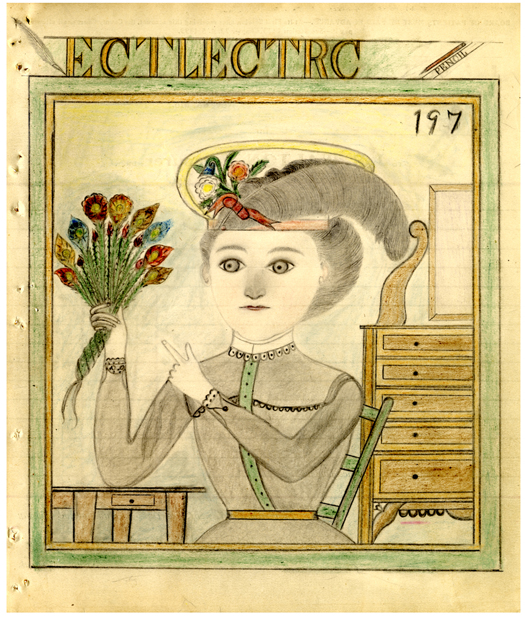
Accidental Mysteries
John Foster|Accidental Mysteries
The Remarkable Mr. Deeds
.jpg)
John Foster|Accidental Mysteries
Doug Rickard: N. A.

Accidental Mysteries
John Foster|Accidental Mysteries
An Archive of Czech Film Posters

Accidental Mysteries
John Foster|Accidental Mysteries
A Visual History of Lunchboxes
Recent Posts
Candace Parker & Michael C. Bush on Purpose, Leadership and Meeting the MomentCourtney L. McCluney, PhD|Essays
Rest as reparations: reimagining how we invest in Black women entrepreneurs Food branding without borders: chai, culture, and the politics of packaging Why scaling back on equity is more than risky — it’s economically irresponsibleRelated Posts

Accidental Mysteries
John Foster|Accidental Mysteries
The Remarkable Mr. Deeds
.jpg)
John Foster|Accidental Mysteries
Doug Rickard: N. A.

Accidental Mysteries
John Foster|Accidental Mysteries
An Archive of Czech Film Posters

Accidental Mysteries
John Foster|Accidental Mysteries

 John Foster and his wife, Teenuh, have been longtime collectors of self-taught art and vernacular photography. Their collection of anonymous, found snapshots has toured the country for five years and has been featured in Harper’s, Newsweek Online and others.
John Foster and his wife, Teenuh, have been longtime collectors of self-taught art and vernacular photography. Their collection of anonymous, found snapshots has toured the country for five years and has been featured in Harper’s, Newsweek Online and others.